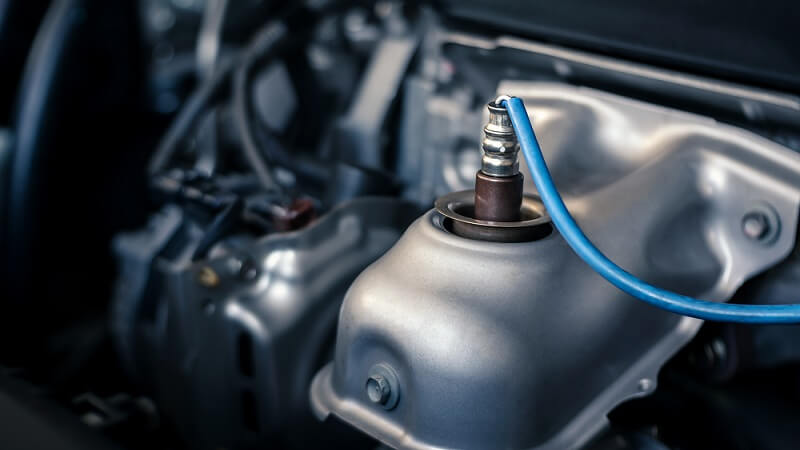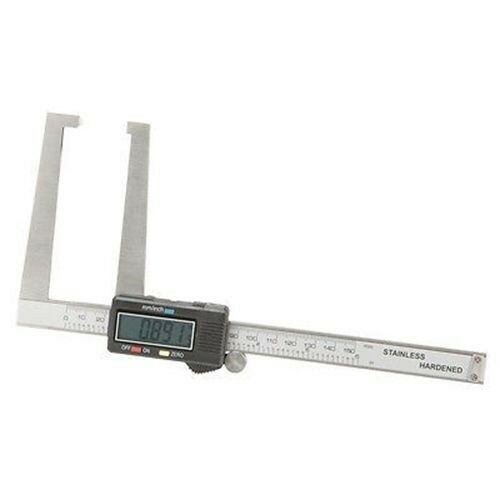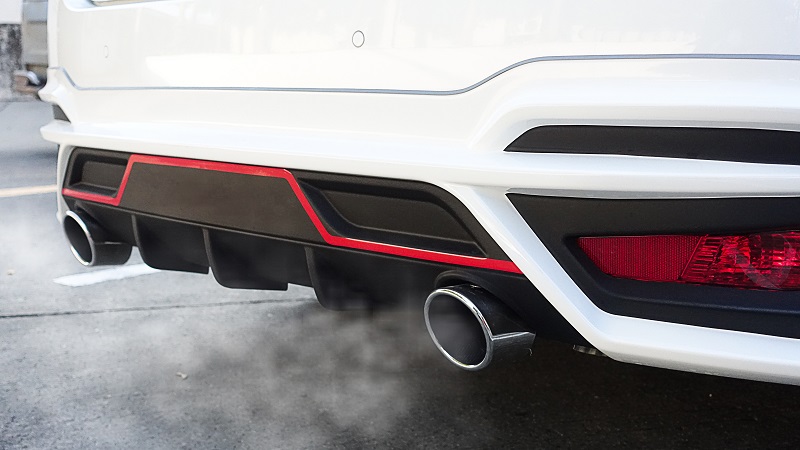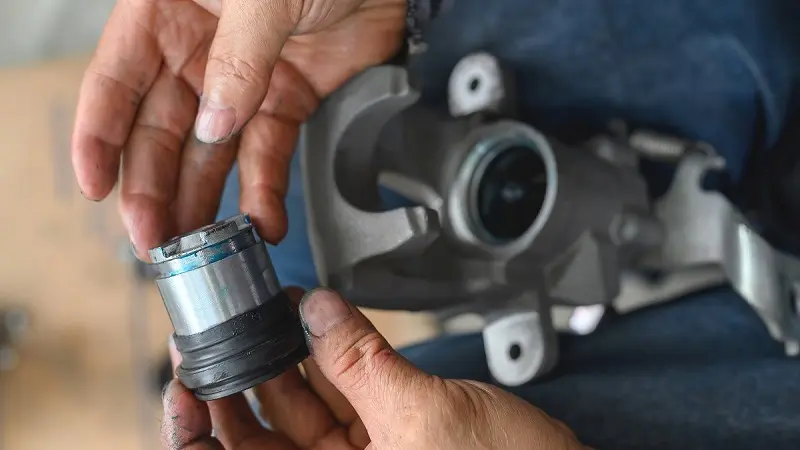Bushings are cushions made of rubber, polyurethane, or other materials. They are mounted on car suspension and steering joints to absorb road bumps, control the amount of movement in the joints, and reduce noise and vibration.
Bushings are used for control arms, stabilizer bars (sway bars), ball joints, tie rods, shock absorbers, and strut mounts, and other suspension and steering parts, as well as in engine and transmission mounts. They wear and crack from friction, age, heat, exposure to road salt and lubricants, and the stress of frequent movement and weight loads.
Let’s look at the types of bushings and the signs of wear of them in more detail.
There are several types of bushings. Types of bushings can be based on location.
Axle Support Bushings

Usually, they are located on the arms which connect the axle carrier assembly and the vehicle’s frame.
Body Mounts
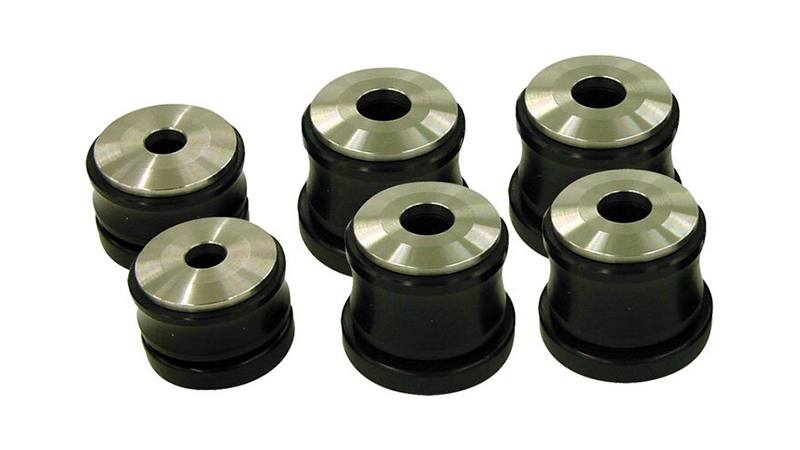
Body mounts locate and isolate the vehicle’s body from the frame and improve the ride and handling qualities.
Control Arm Bushings

They are mostly found in the front wheels, but some trucks and cars have it in the rear ones too. Control arms are connected to the frame or body of a vehicle through flexible rubber bushings, called control arm bushings. Control arms allow wheels to move up and down while preventing forward and rearward movement.
Lateral Control Arm Bushings
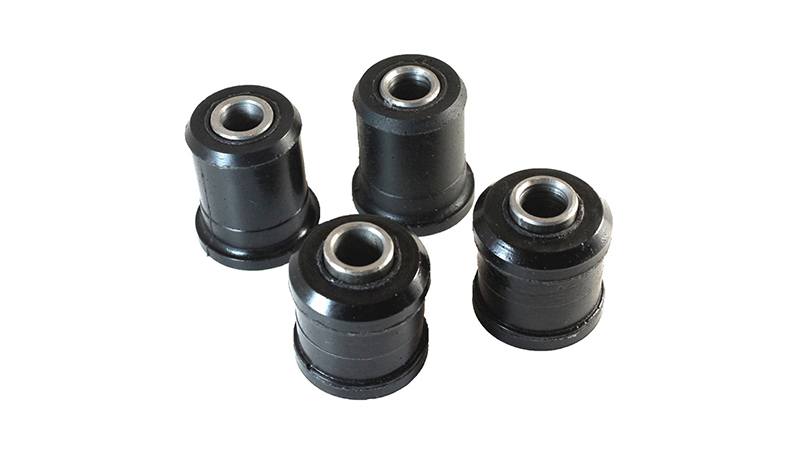
The lateral link connects the hub to the midpoint of the body, and keeps the wheel (hub assembly) upright and centered while driving. Lateral links are hollow metal tubes with a connection point on either end. The bushings are located at each end.
Radius Arm Bushings

Radius is connected on one end to the wheel carrier or axle, on the other to the chassis or unibody of the vehicle. Radius arm bushings are located at the front and back of the radius arm and their purpose is to prevent the arm from wear over time.
Shock Absorber Bushings

At each end of a shock absorber, there are rubber bushings that attach the shock to both the suspension control arm and the vehicle frame.
Spring Plate Bushings
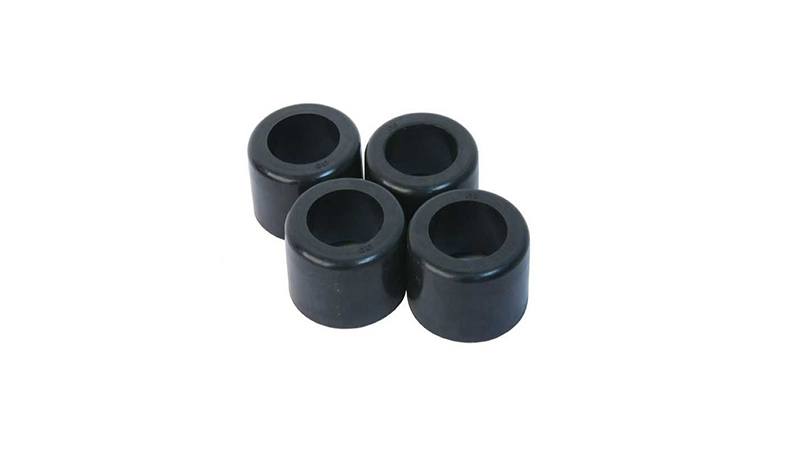
Spring Plate Bushings install into the rear torsion housing on either side of the spring plate. The knobby rubber bushings prevent metal to metal contact and hold the spring plate in place in the torsion housing.
Strut Bumpers

Strut bumpers are located between the strut body and the strut mounting plate that forms the very top of the strut assembly.
Strut Bushings

These wide, sometimes flat bushings are located between the very top of the strut frame and the metal of the vehicle.
Strut Rod Bushings

The strut rod is connected between the frame and the lower control arm. It controls its forward and backward movement. Bushings are located on both ends, and worn and corroded strut rod bushings result in a clunking noise while braking.
Sway Bar Bushings

Sway bar bushings, also known as stabilizer bar bushings, are located between the frame mounts, the frame, and the bar itself. They allow the bar to twist when cornering.
Tension Rod Bushings
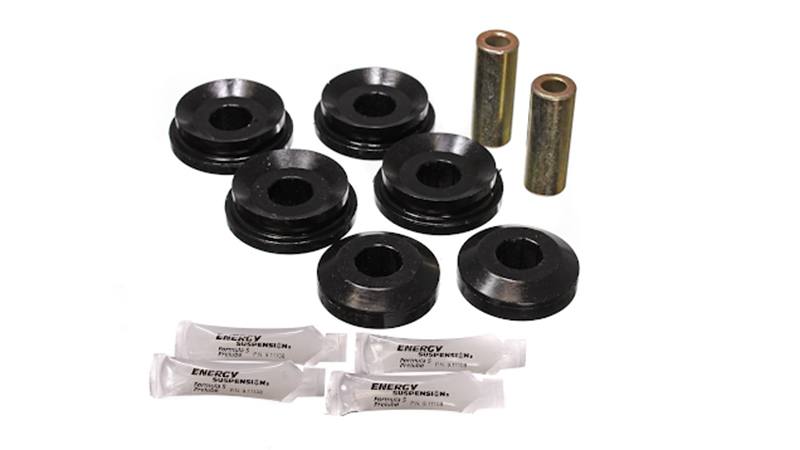
Tension rods are used in coil spring front suspension systems. They hold the front wheels in place, preventing longitudinal motion. One end of the tension rod runs from the chassis to the wheel area on each side of the car. The chassis end is mounted to the frame with a bushing and a bolt. The other end is bolted firmly in place on the control arm or wheel knuckle. If it gets broken, you may hear a clunking or banging noise.
Track Bar Bushings

A track bar is a lateral locating link, attached to a live axle at one end and the vehicle frame at the other. Bushings at the mounting points reduce vibrations.
Trailing Arm Bushings

The trailing arm bushings join the axle and pivot point on the body of the vehicle. The purpose of the trailing arm bushings is to cushion the movement of the suspension while holding the wheel on the correct axis.
Causes Of Wear
To answer the question “How long suspension bushings last” is hard. First of all, it all depends on the way you drive.
Secondly, bad roads can lead rubber bushings to wear faster than smooth highways.
Another main factor is the quality of the bushings. If the bushing is made of a more expensive rubber blend, of course, it will last you longer.
Remember, while lubricating with grease such parts as ball joints, steering tie rods, and some driveshafts, always keep the bushings dry. Petroleum-based fluids will cause the rubber to change chemically, reducing its strength to a soft, mushy consistency that can tear apart.
Due to the heat and cold, bushings may crack or tear.
And lastly, low-profile tires also lead the bushings in your suspension to wear out quickly.
Signs of wear
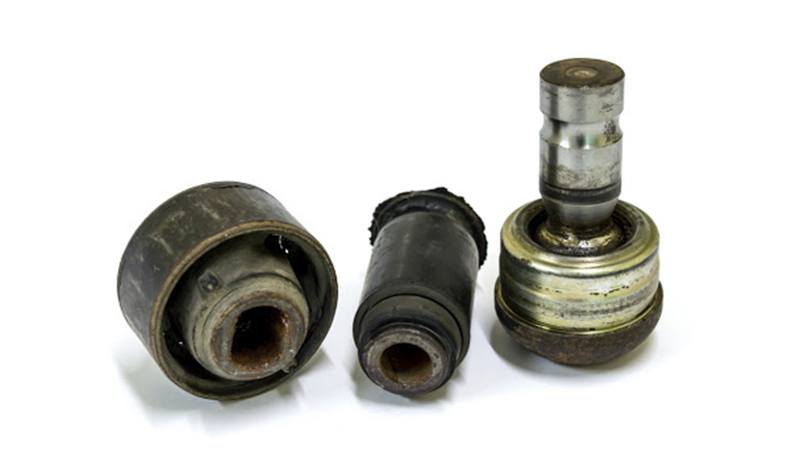
The first signs of damaged bushings are banging noises, creaks, or frame-rattling vibration from the front or rear suspension, mostly when you increase the car’s speed or turn.
A worn bushing can cause misalignment. This damaged component weakens the bond between two car parts, and these misaligned parts may result in clunking noises usually coming from the steering system of the vehicle.
Usually, the damaged control arm bushings cause the wheel alignment issue. If the problem is in the worn-out control arm bushings, you’ll also experience steering wheel vibrations.
Worn out stabilizer bushings reduce the effectiveness of the bar itself. If they cause metal-on-metal contact, then you may hear a grinding sound, and more body roll will be noticeable around corners.
Worn out strut rod bushings, strut bumper bushings, tension rod bushings, trailing arm bushings (rear), or radius arm bushings (including spring plate bushings if applicable) may or may not cause noises when worn, but wear in these areas can cause erratic pulling to one side during sudden braking or acceleration.
If you experience a clunking noise over bumps because of the worn-out bushings, go to your mechanic to replace them with new ones as this small piece of rubber may lead to severe problems.
Visual Inspection
As the body mounts are located between body and frame, worn out bushings can cause the body to sag in the problematic area. One excellent way to check the misalignment is the vehicle’s doors. When opening and closing the doors, if a door drags against its sill, then check the hinges for sagging. If they’re okay, the problem is in a body mount bushing.
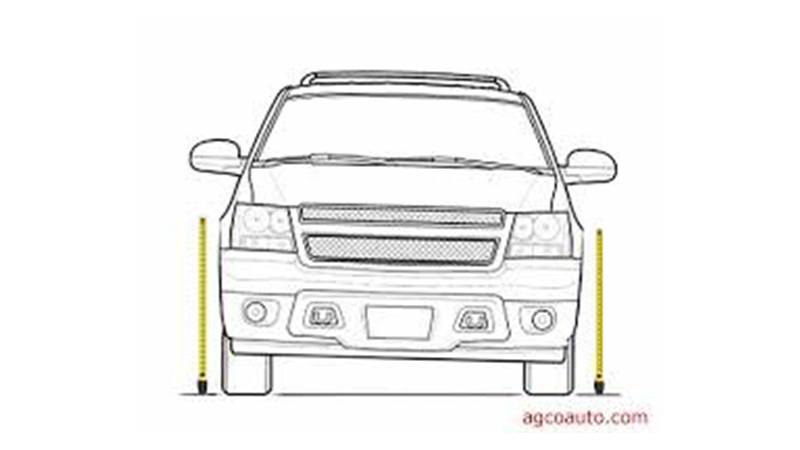
Another good example is a wheel alignment. If you see tire wear along one side, the issue can be caused by suspension bushings.
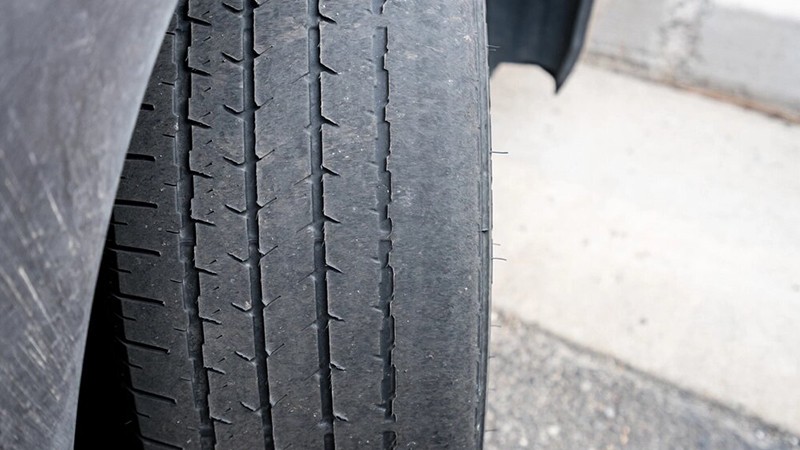
Conclusion
It is not necessary to maintain the suspension bushings on a regular basis. Just follow some main rules on how to make bushings last longer, which we mentioned above. Also, on certain components, it is not possible to replace the bushings alone. For example, on a control arm, it is impossible to remove the bushings. So, when the bushings wear out on a control arm, you need to replace the whole part.
If you noticed the symptoms of worn-out bushings, it is vital to replace them as soon as possible as the bushings are an important part of the suspension. If you ignore this issue, it might result in an expensive replacement of other suspension parts.



